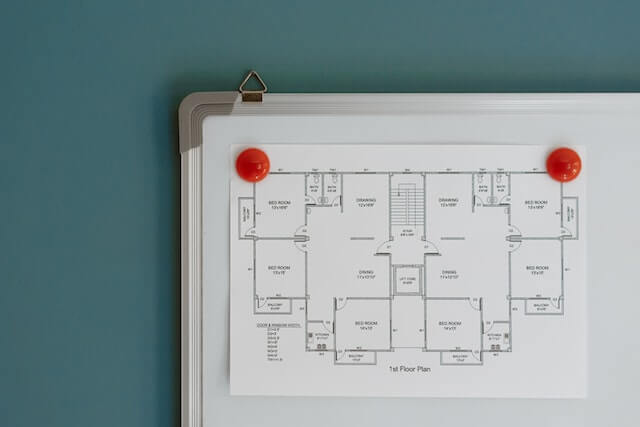Most engineers and architects have used AutoCAD as students or in their work environment. However, with growing competition, AutoCAD seems to lose ground when it comes to its popularity in comparison with other design programs. So, is it really AutoCAD an obsolete program for architecture? Let’s see if that’s true.
AutoCAD & Competitors
The adaptability of AutoCAD is one of its advantages because the software can handle a broad range of design jobs, from straightforward architectural designs to basic doodles. The tool enables architects to produce comprehensive designs, layouts, and blueprints that construction teams may utilize to build the project. In addition, the flexibility of AutoCAD to interact with other software applications is another benefit. Thus, AutoCAD may be used by architects in conjunction with other software packages, such as 3D modeling software and building information modeling (BIM) software, to produce extremely precise and comprehensive designs. The communication between the project’s architects, engineers, and other experts may be improved because of this integration.
Although AutoCAD is a diverse and strong tool, not every architectural project will benefit from using it. There are alternative software options that could be more appropriate for specific projects. For instance, Revit is a BIM tool that enables collaboration between engineers, contractors, and architects to produce intricate 3D models. Another BIM program with features comparable to Revit is ArchiCAD while a program widely used among architects and designers is SketchUp. This 3D modeling program is helpful for producing presentations and renderings since it is frequently used to produce conceptual designs and representations.
Final Thoughts
So, there you go AutoCAD is a great tool for many architectural projects. However, in some cases, a tool created for a specific task might be a better solution. Chances are that AutoCAD will continue to dominate the CAD industry in the coming years.

